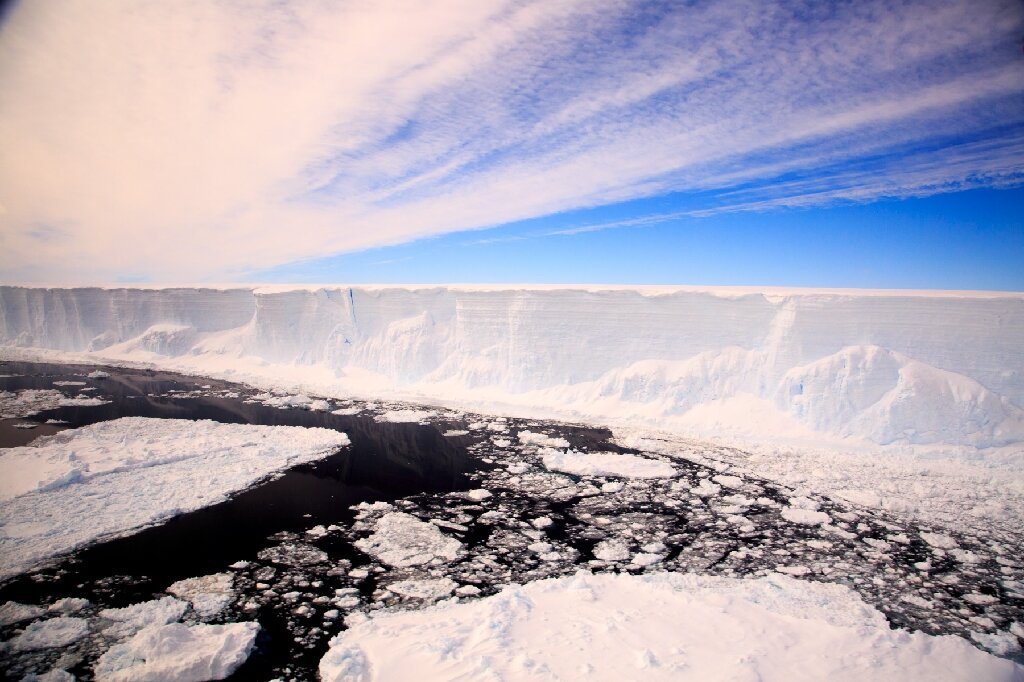As climate change wreaks havoc on the planet, every corner of the world has been affected, including the frigid world of the Antarctic. Scientists, in a series of papers, have found hazardous changes going on in the planet’s southernmost region. The studies indicate how the region is losing ice mass.
Researchers have found that the thinning of Antarctic ice as ocean water melts has spread from the continent’s outward edges into its interior, and it has almost doubled in the western parts of the ice sheet over the past decade. They also found how the iceberg calving from the breaking off of ice from a glacier front has changed the Antarctic coastline over the last 25 years.
“Antarctica is crumbling at its edges.” And when ice shelves dwindle and weaken, the continent’s massive glaciers tend to speed up and increase the rate of global sea level rise, “JPL scientist Chad Greene, lead author of the calving study, said in a statement. Researchers have found that the thinning of Antarctic ice as ocean water melts has spread from the continent’s outward edges into its interior, and it has almost doubled in the western parts of the ice sheet over the past decade. They also found how the iceberg calving from the breaking off of ice from a glacier front has changed the Antarctic coastline over the last 25 years.
“Antarctica is crumbling at its edges.” And when ice shelves dwindle and weaken, the continent’s massive glaciers tend to speed up and increase the rate of global sea level rise, “JPL scientist Chad Greene, lead author of the calving study, said in a statement. The Antarctic ice sheet gains roughly 2000 cubic kilometres of ice every year from precipitation, and the same amount is lost through solid ice discharge into the surrounding oceans, creating an equilibrium. However, recent findings indicate that this equilibrium is disturbed and the balance is off as the ice sheet is losing mass at an accelerated rate.
In the study published in the journal Earth System Science Data, JPL scientists combined almost 3 billion data points from seven spaceborne altimetry instruments to produce the longest continuous data set on the changing height of the ice sheet. The data revealed how long-term trends and annual weather patterns affect the ice and show the rise and fall of the ice sheet as subglacial lakes regularly fill and empty miles below the surface.
Researchers also analyse the calving of ice from the Antarctic ice sheet, which is significantly increasing the sea water levels across the world. Scientists have said that Antarctica’s ice shelves help to control the flow of glacial ice as it drains into the ocean, meaning that the rate of global sea-level rise is subject to the structural integrity of these fragile, floating extensions of the ice sheet.
Researchers, in a study published in the journal Nature, found the warming ocean has been destabilising Antarctica’s ice shelves by melting them from below, making them thinner and weaker. Nasa said that ice shelves act like buttresses to glaciers, keeping the ice from simply sliding into the ocean. When ice shelves are stable, they have a natural cycle of calving and replenishment that keeps their size fairly constant over the long term.
The study indicates that it is unlikely that Antarctica can grow back to its pre-2000 extent by the end of this century and that the largest ice shelves all appear to be headed for major calving events in the next 10 to 20 years.


